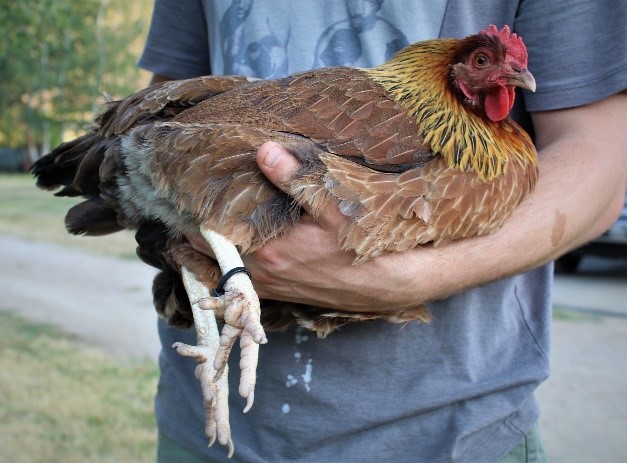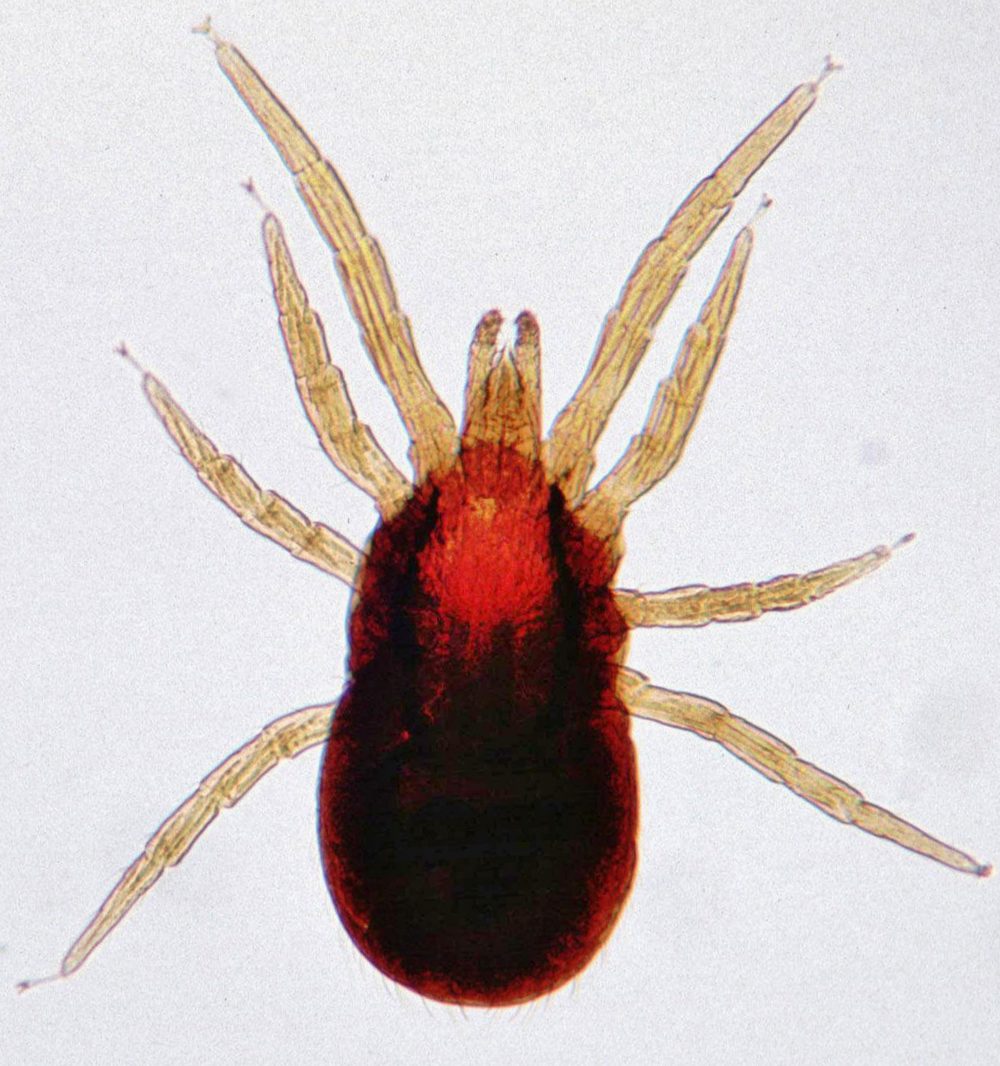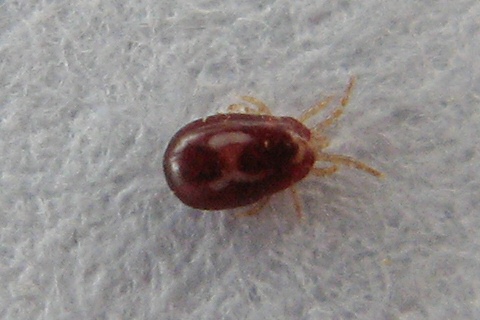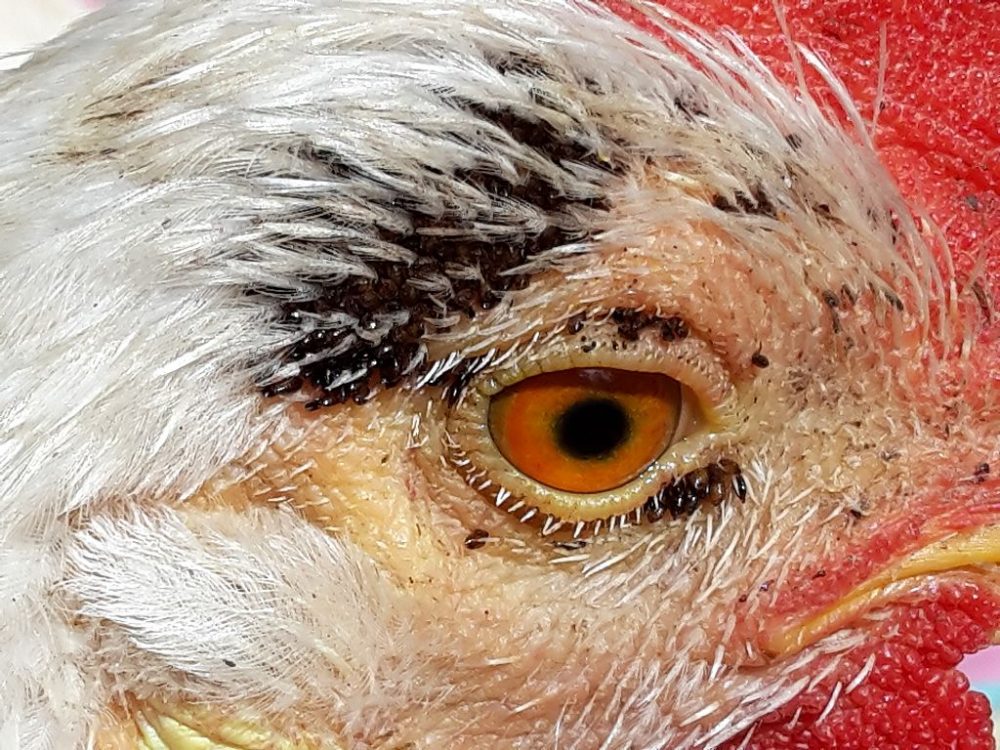Health Checks and Preventing Parasites in Summer
With summer already so hot, it’s a good idea to ensure your poultry don’t have any hidden bugs causing extra stress to them! Here’s how you can do a simple summer check.
Checking your poultry during the summer months for parasites isn’t as hard as it sounds. I’ve found that the easiest method is to wait until the birds are perched of a night, then using a head torch you can easily handle each bird and have a thorough look. By assessing the birds of a night, this will reduce stress associated with chasing and catching each chicken. Just be aware that snakes may also be active of a night, so watch where you’re walking!
General principles that can be used to control parasites include monthly removal of coop litter, painting/sealing of wood, having a quarantine pen for new flock members, reducing contact with wild birds and rodents, feeding your poultry with a balanced diet, providing access to dirt/soil for dust bathing, and visually inspecting your chickens regularly.
Holding a Chicken to Check for Bugs
When assessing a chicken, it is best to hold the chicken so it is facing your elbow with the keel (breastbone) resting along your forearm, and 2-3 fingers between the chicken’s legs with your thumb and outer finger(s) grasping the outside of the legs. In this position, your chicken feels supported and can flap but will not be able to get away.


The main areas of interest are the face, vent, tail base, underside of the wings, and legs. The perch should also be assessed for signs of parasites.
Here are the main bugs of interest:
Red Mite
One of the trickiest parasites to control and eradicate, the red mite thrives in hot weather. These mites are tiny, about the size of a small freckle so glasses may be required! A grey-black colour, they become red as they feed on the blood of your poultry. What makes these mites so hard to get rid of is they can live within the environment for months in cracks and crevices, evading your efforts to get rid of them. Painting all wood in the cage, sealing gaps and adding sulphur to the pen floor can all help in eradication. Mites are active at night and most commonly seen on the perches surrounding your chickens but can also be identified crawling over eggs upon collection.
Scaly Leg Mite
One of the most commonly recognised parasites, these mites burrow under the leg scales of poultry causing them to lift, thicken and if left untreated can cause deformities. Mites will spread along the perch of a night, and once established under the scales can be hard to eradicate. There are many products you can apply to essentially smother them including surface sprays, linseed oil or petroleum jelly applied every 2-3 days, and some drenches also work to eradicate these mites. Normal legs should be smooth, with no lifting of the scales.
Feather Mites
If you like your chickens to look beautiful in the garden or show ring, these mites will be the bane of your existence! They live on and eat the feathers of your poultry, making them appear ratty. They are also extremely itchy and can cause chickens to self-mutilate. There are a number of insecticide products available to apply to chickens to eradicate these but it will take months for the affected feathers to moult out and be replaced by new feathers.
Biting Lice
The most common louse is the body louse, a yellow fast moving parasite that can be regularly found under the wings, at the tail base or vent region. These lice lay pale yellow eggs on the base of feathers underneath the vent which can be the easiest way of identifying an infestation. Thankfully they are easy to get rid of with various dusting powders.
Stick-fast Fleas
These fleas commonly appear as clusters on the face of your chicken but can also to the vent region. They are brown in colour and are commonly confused as scabs. These are controlled through poultry insecticides and petroleum jelly, but dead fleas need to be removed with tweezers. As stick-fast fleas eject their eggs into the environment, coop cleaning and litter removal is also a must.
Flies
When thinking of flyblown animals, we don’t often think of chickens, yet faeces can accumulate in feathers and lead to a perfect environment for maggots to grow. Always inspect the vent area visually and be aware of any suspicious smells! To stop faeces accumulating, the feathers around the vent can be trimmed. This issue is most common in fluffy breeds such as Pekin Bantams and Orpingtons.
Through regular inspection of your flock and by noting any changes in your chickens, you can help to reduce parasite burdens early and prevent further stress to your birds. Most control methods are affordable and easy, with a variety of organic and chemical free options also hitting the market in recent years. This is just one aspect of keeping your poultry stress free this summer, and if you’d like to learn more about reducing heat stress click here.
Written by Breanna Carr, Barastoc Junior Scholar, 5th Year Veterinary Science student.




